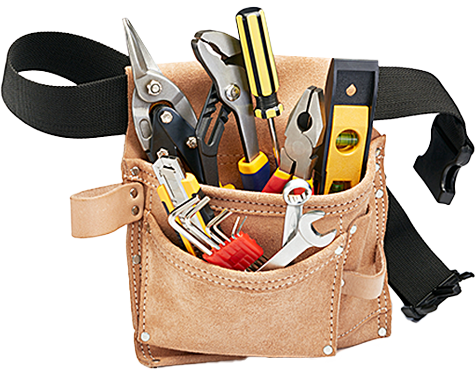The main sewer line connected to most homes lies beneath the grass, sod, and dirt of the front yard. This means that, traditionally, if there’s an issue with your sewer line that needs fixing, the people that fix it will have to dig up the yard. Nobody wants the extra hassle of having their landscaping torn apart, which is why the fine art of trenchless sewer repair was developed.
There are two main varieties of trenchless sewer repair – pipe lining and pipe bursting – and today we’ll walk you through how these options work, as well as the pros and cons of trenchless vs. traditional repairs.
How does pipe lining trenchless sewer repair work?
The first step in pipe lining trenchless sewer repair is a video inspection. The technician maneuvers a self-leveling sewer camera into the pipe in order to take measurements of the pipe’s length and width. The technician manning the camera will also document any visible cracks, blockage, or other damage. The next step is the use of either hydro-jetting or an alternative mechanical cleaning process to remove blockage and clean things up.
Finally, the technician will insert a epoxy-saturated felt tube into the damaged pipe. After inserting the felt tube, the technician inflates it and lets it cure. Once the felt tube replacement cures, it essentially replaces the inside of the damaged, old pipe. Epoxy interior pipe lining has a life expectancy of over half a century.
How does pipe bursting trenchless sewer repair work?
Pipe bursting, also referred to as pipe splitting, is different. It doesn’t involve digging up the entire sewer line, but it does involve digging a small pit for insertion. It’s more accurate to call it “semi-trenchless” than trenchless. That said, pipe bursting is still far less destructive to your driveway or your landscaping than traditional sewer repair can be. The pipe bursting process involves pulling a brand new pipe through the existing damaged one while simultaneously fracturing (or “bursting”) the old pipe outward.
How do trenchless vs. traditional prices compare?
Both lining and bursting are equally valid and durable options. Choosing one or the other depends on specific factors of your home or business and plumbing problem. Their costs are relatively similar. They both tend to cost between 30 and 50 more than the traditional digging approach.
Where trenchless sewer repair is more expensive upfront, it often makes up for its cost afterward. With traditional trenching, you don’t just pay for the repair. Instead, you pay for digging up the street in front of your property, redoing your driveway and landscaping, and for any repairing city-owned property that is in the way of the digging. These costs can add tens of thousands of additional dollars to the bill. Trenchless sewer repair frequently ends up being more cost effective because of the lack of additional restorative work.
The best thing to do when you’re considering repairing your underground sewer lines is talk to a professional like the ones at Benjamin Franklin Plumbing. We have the longstanding experience and know-how to help you choose the most effective solution for your problems.




